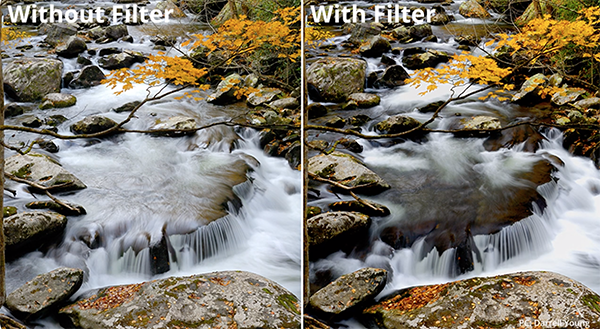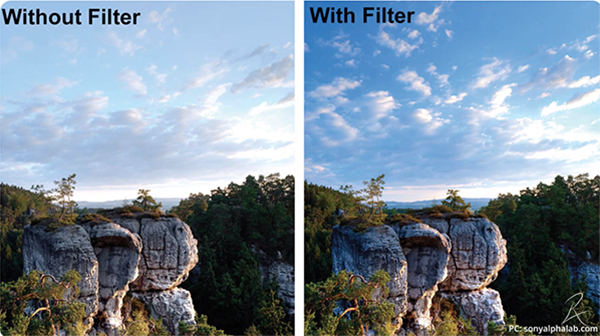Using Affordable LENS FILTERS to Shoot Incredible Photos (VIDEO)
The use of affordable lens filters was more prevalent in the days of 35mm photography when we didn’t have image-editing tools to enhance our work. But as you’ll see in the quick video below, these simple accessories are just as valid in today’s era of digital imaging.
Instructor Resha Reay is a pro based in Bangladore, India with a new YouTube channel dedicated to explaining basic skills that amateurs can use to dramatically elevate their imagery. In today’s four-minute episode he explains how lens filters will “help you capture the world in a whole new light.”
This lesson discusses how a variety of popular filters work to significantly enhance photos in a realistic, believable way. You’ll learn how these accessories make it easier to handle tricky light, reduce distracting glare and reflections, enhance colors, and reduce the amount of light entering the camera so you can achieve impressive slow shutter speed effects.

Reay says to think of filters as sunglasses for a lens, helping the camera to “see” your subjects in a more pleasing way. First on the list is the ubiquitous UV filter that some photographers use to protect the front element of a lens from dust, scratches and moisture; after all, it’s far better to replace a cracked filter than it is to replace a damaged lens.
But the UV filter is more than a protective layer because it blocks UV rays, thereby reducing haziness in images shot outdoors. Next of the list is the powerful polarizing filter that we covered in a detail tutorial a while back. These are particularly important for landscape photography as they help make colors more vibrant by minimizing distracting glare and reflections on non-metallic surfaces like water and foliage.
Rotating the front ring on a polarizer is also an effective way to enhance contrast and darken pale blue skies. The two main tricks are knowing how to position yourself relative to the sun and how much to rotate the filter for optimum results.

The lesson also includes tips for using Neutral Density (ND) filters for dramatic long-exposure photos under bright conditions. Last on his list the versatile Graduated ND filter that work its magic by balancing the exposure in complicated landscape scenes with a bright sky and a much darker mid-range and foreground.
As Reay explains, the Graduated ND “helps you darken one part of an image while keeping the rest of the photo properly exposed.” As you’ll see, by using of all of these filters properly you’ll spend far less time editing your photos to create beautiful images of the great outdoors
There’s much more to learn about shooting and editing on Reay’s instructional YouTube channel, so pay a visit when you have time.
And don’t miss the tutorial mentioned above, with a deep dive into using a polarizing filter to shoot amazing outdoor photos.




